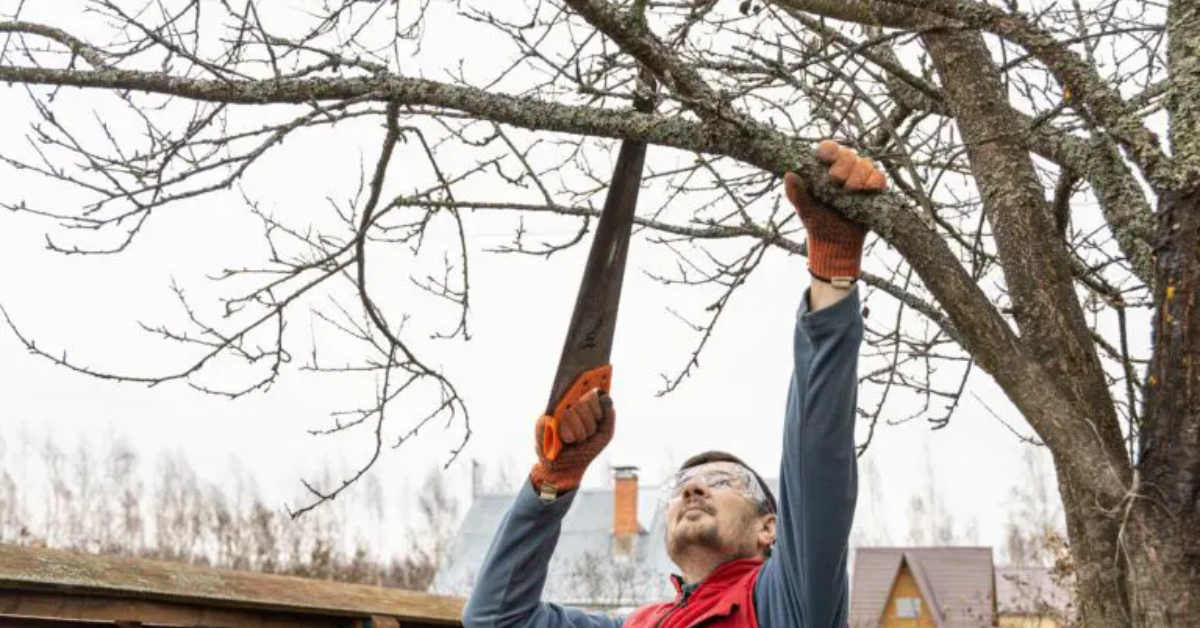The Ultimate Guide to Tree Pruning Service: Benefits, Techniques, and Best Practices
Trees are an essential part of our environment, offering shade, beauty, and ecological benefits. However, to maintain their health and aesthetics, regular care is required. One crucial aspect of tree maintenance is Tree Pruning Service. Proper pruning not only enhances the visual appeal of your landscape but also ensures the longevity and safety of your trees.
In this guide, we will explore the benefits of tree pruning, different pruning techniques, when to schedule pruning, and how professional services can help maintain your trees in top condition.
What is Tree Pruning?
Tree pruning is the process of selectively removing branches from a tree to improve its health, structure, and appearance. It involves the careful cutting of dead, diseased, or overgrown branches to promote healthy growth and prevent potential hazards.
Pruning is not just about cutting branches randomly; it requires skill and knowledge to ensure that the tree remains strong and balanced. This is why hiring a professional tree pruning service is often the best choice.
Benefits of Tree Pruning Service
Pruning your trees regularly comes with numerous benefits, including:
1. Promotes Tree Health
Removing dead, diseased, or pest-infested branches helps prevent the spread of infections and enhances the overall health of the tree. Proper pruning improves air circulation and sunlight penetration, fostering stronger and healthier growth.
2. Enhances Aesthetic Appeal
Well-pruned trees contribute significantly to the beauty of your landscape. By shaping trees properly, pruning enhances their natural form, making them more attractive and well-maintained.
3. Prevents Safety Hazards
Overgrown branches can pose a risk to property and people, especially during storms. Weak or damaged limbs may break off, causing damage to vehicles, buildings, or even injuries. Regular pruning minimizes such risks.
4. Encourages Fruit and Flower Production
For fruit-bearing and flowering trees, pruning stimulates better yield. By removing excess branches, the tree can direct more energy into producing healthier fruits and flowers.
5. Improves Sunlight and Airflow
Overcrowded branches can block sunlight and restrict airflow, leading to mold and mildew growth. Thinning the canopy ensures that lower branches and surrounding plants receive adequate sunlight and fresh air.
Types of Tree Pruning Techniques
There are different pruning techniques used depending on the tree’s needs and growth stage. Some of the most common methods include:
1. Crown Thinning
This technique involves selectively removing branches to reduce density. It allows better air circulation and sunlight penetration, which improves the tree’s health without altering its natural shape.
2. Crown Raising
Crown raising is the removal of lower branches to provide clearance for buildings, pedestrians, and vehicles. This is commonly done in urban areas where space is limited.
3. Crown Reduction
This method reduces the overall size of a tree while maintaining its natural shape. It is typically done when a tree becomes too large for its environment or poses a risk to power lines.
4. Deadwooding
Deadwooding involves the removal of dead, diseased, or weak branches. This is essential for preventing accidents and stopping the spread of tree diseases.
5. Structural Pruning
This type of pruning is usually done on young trees to promote strong branch structure. It helps prevent future problems by guiding the tree’s growth.
When is the Best Time for Tree Pruning?
Timing is crucial when it comes to pruning trees. The ideal time depends on the tree species and the purpose of pruning. Here are some general guidelines:
- Late Winter to Early Spring – This is the best time for most trees as they are still dormant. Pruning before new growth starts ensures faster healing and vigorous spring growth.
- Summer Pruning – Ideal for slowing down the growth of unwanted branches. It can also be used to enhance fruit production in certain tree species.
- Fall Pruning – Not generally recommended, as cuts take longer to heal, making trees more susceptible to disease and pests.
- Emergency Pruning – Any hazardous branches that threaten safety should be pruned immediately, regardless of the season.
Why Hire a Professional Tree Pruning Service?
While minor pruning can be done by homeowners, larger or more complex jobs should be handled by professionals. Here’s why hiring a professional tree pruning service is beneficial:
1. Expertise and Knowledge
Arborists understand tree biology and know the right techniques to promote healthy growth while maintaining safety.
2. Proper Equipment
Tree pruning often requires specialized tools like chainsaws, pole pruners, and safety gear, which professionals have and know how to use effectively.
3. Safety Measures
Tree pruning can be hazardous, especially for tall trees or those near power lines. Professionals are trained to handle such tasks safely.
4. Saves Time and Effort
Pruning can be time-consuming and labor-intensive. Hiring experts allows you to focus on other tasks while ensuring the job is done correctly.
5. Disease and Pest Control
Professionals can identify and treat tree diseases or pest infestations, preventing further damage to your trees.
Conclusion
A well-maintained tree adds value, beauty, and safety to any property. Regular tree pruning service ensures that your trees stay healthy, strong, and visually appealing. While basic trimming can be done by homeowners, hiring a professional service guarantees the best results with minimal risk.
If you need expert tree pruning services, consider reaching out to Woods Forestry Solutions. Our experienced arborists are equipped to handle all your tree care needs, ensuring a safe and thriving landscape. Contact us today to schedule a consultation!







